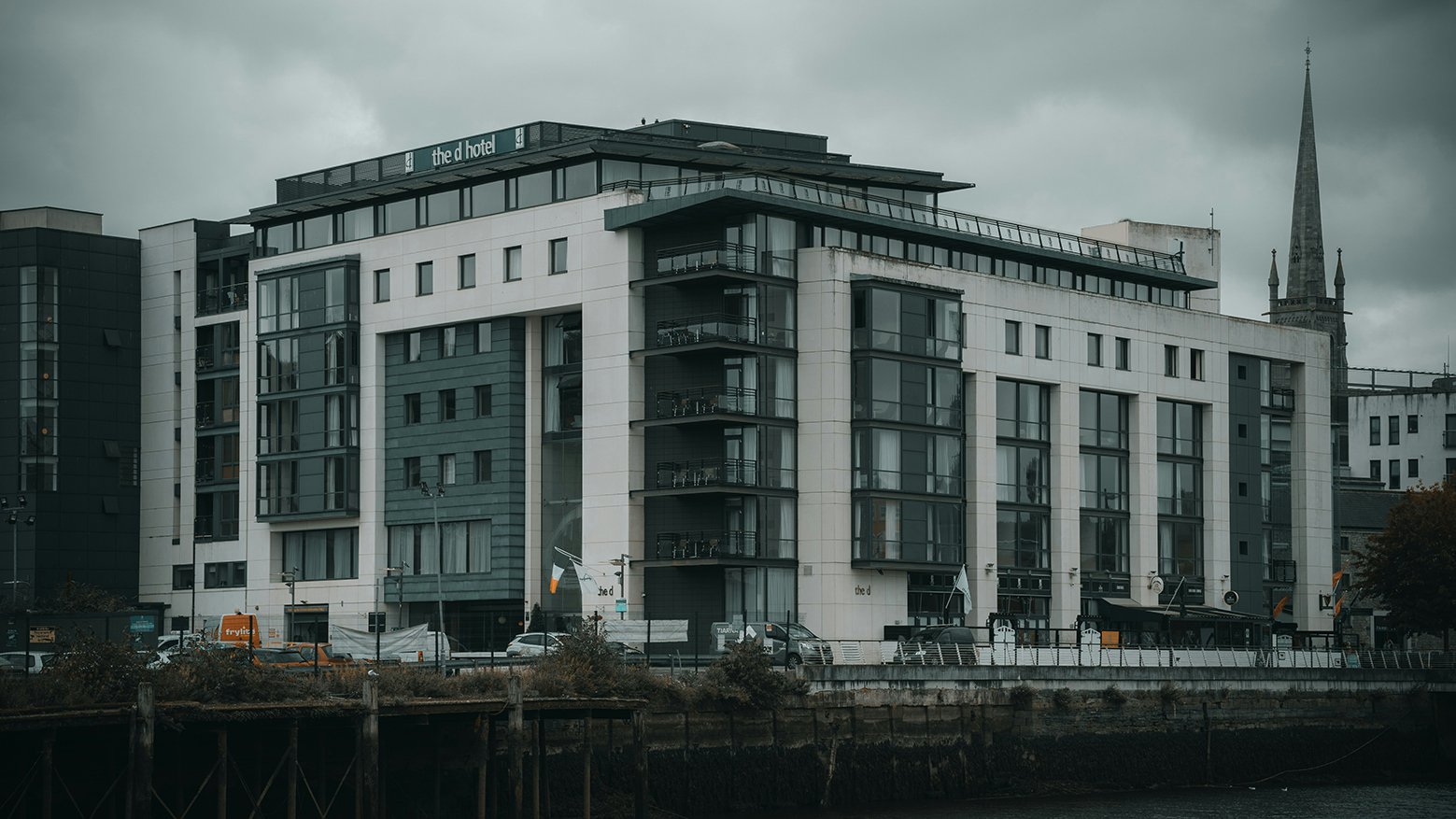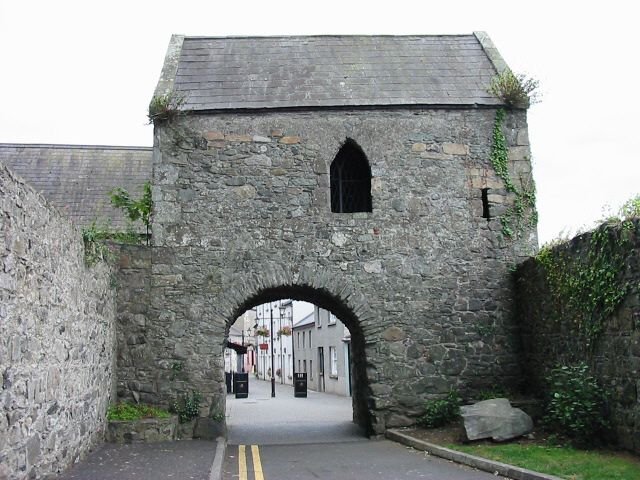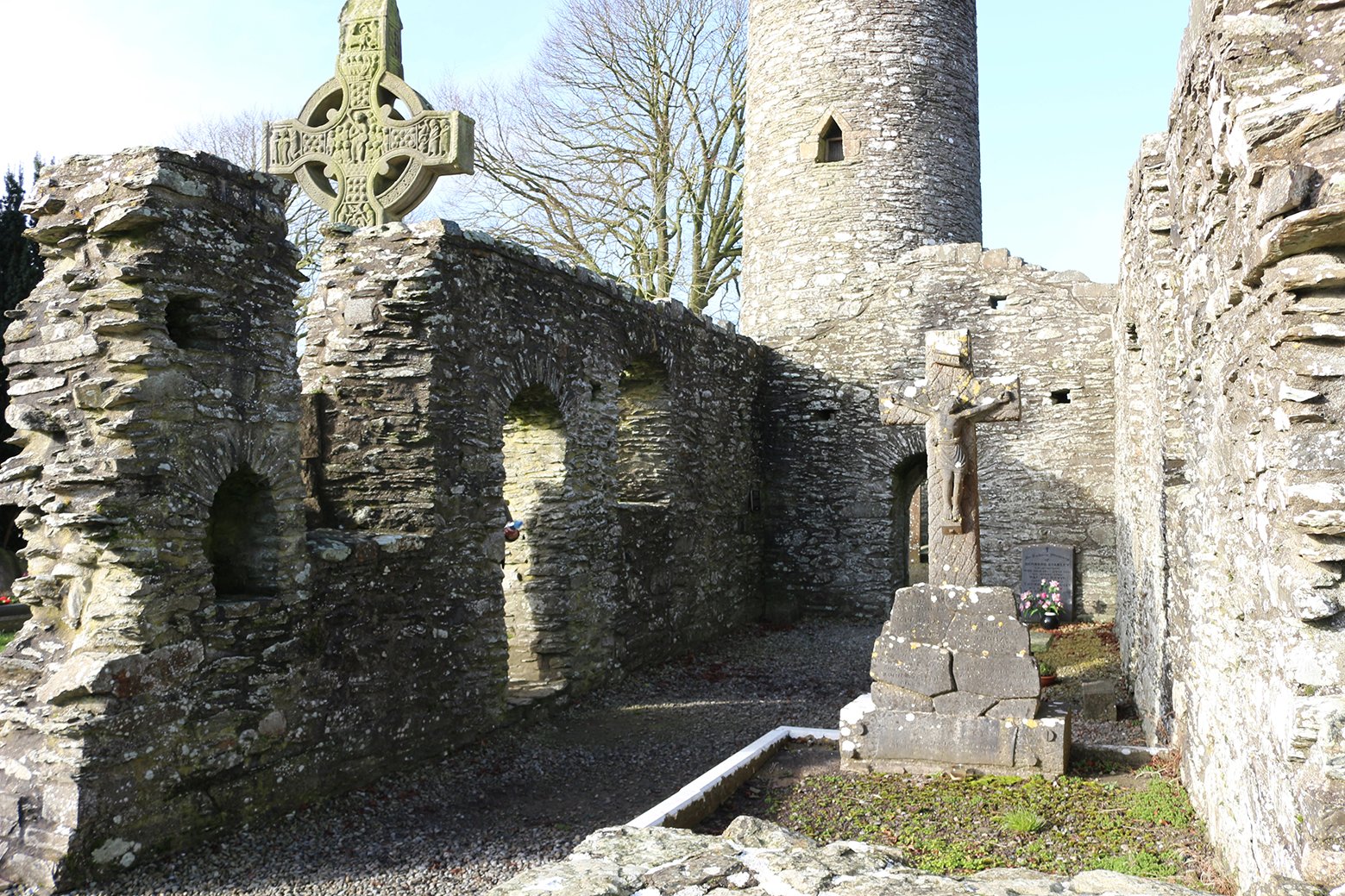Ireland's Smallest County Makes a Big Impression
County Louth, known as the smallest county in Ireland, is located in the northeastern part of the country, bordered by the Irish Sea to the east and the county of Meath to the west. Its central position on the east coast makes it an ideal gateway to explore the rest of the country. The territory enjoys a mild maritime climate, which contributes to its lush greenery and picturesque landscapes. Rich in historical significance, County Louth is often referred to as the “Wee County,” which encapsulates its charm and appeal as a travel destination.
The history of County Louth can be traced back to ancient times, with evidence of prehistoric settlements scattered throughout the area. The region holds a prominent place in Irish history, as it was the site of the famous Battle of the Boyne in 1690, which had lasting effects on Irish politics and religion. Furthermore, the fascinating historical sites, such as the remains of the medieval castle at Ravensdale and the ancient monastic site of Monasterboice, draw visitors keen on history and archaeology. With its rich tapestry of events and landmarks, the county serves as a living museum reflecting Ireland's past.
In addition to its historical credentials, County Louth boasts a vibrant cultural scene. The charming towns of Drogheda and Dundalk serve as cultural hubs, featuring traditional music, art galleries, and local festivals throughout the year. This engaging atmosphere attracts visitors with diverse interests, whether they are art enthusiasts or history buffs. As a tourist destination, County Louth encompasses an array of attractions, from stunning coastal cliffs and serene beaches to historical landmarks and welcoming communities. The combination of scenic beauty and rich heritage ensures that County Louth remains a popular choice for travelers seeking a multifaceted experience in Ireland.
Places
County Louth

Drogheda
Drogheda, the largest town in County Louth, is a captivating destination that harmoniously merges rich historical heritage with contemporary vibrancy. Steeped in history, the town is renowned for its significant landmarks, such as the iconic St. Laurence's Gate. This impressive medieval stone structure, built in the 13th century, stands as a testament to Drogheda's strategic importance during the medieval period. Visitors often find themselves drawn to this architectural marvel, not only for its grandeur but also for the stories it holds of the town’s storied past. Another historical highlight is the Battle of the Boyne Visitor Centre, which offers insight into one of the most significant battles in Irish history. Located near the site of the battle itself, this centre presents engaging exhibitions that detail the events of 1690, along with the cultural and historical implications surrounding them.

Carlingford
Located on the stunning Cooley Peninsula, Carlingford is a picturesque coastal village in County Louth, known for its breathtaking scenery and rich historical heritage. Overlooking the scenic Carlingford Lough, this charming village offers visitors a vibrant mix of attractions that cater to various interests and preferences. One of the most notable landmarks is Carlingford Castle, a 12th-century fortress that holds significant historical importance. Visitors can explore the castle's impressive structure and gain insights into the region's medieval past, making it a perfect starting point for history enthusiasts. The medieval town center of Carlingford is another highlight, featuring cobblestone streets lined with traditional Irish pubs, restaurants, and shops. The captivating architecture and unique character of the town center create an inviting atmosphere for exploring. As you stroll through its narrow alleys, you will encounter artisanal boutiques, local crafts, and boutiques selling fresh produce and gourmet products that showcase the area's culinary strengths.

Monasterboice and the Round Towers
Monasterboice, an ancient monastic site located in County Louth, stands as a testament to Ireland's rich early Christian heritage. Founded by St. Buithe in the fifth century, this historic attraction holds significant importance in the landscape of Christian monasticism. Visitors are captivated by its iconic features, particularly the striking round towers and intricately carved high crosses that reflect the artistic prowess of the period.
The round towers, towering at an impressive height, were constructed as places of refuge for monks and their treasures during times of conflict. These structures, rising above the surrounding landscape, served both functional and symbolic purposes. With their cylindrical shape and remarkable stone work, the round towers of Monasterboice exemplify the architectural ingenuity of early medieval Ireland. The surviving tower, standing at approximately 30 meters, showcases the blend of practicality and spirituality that was integral to monastic life.
